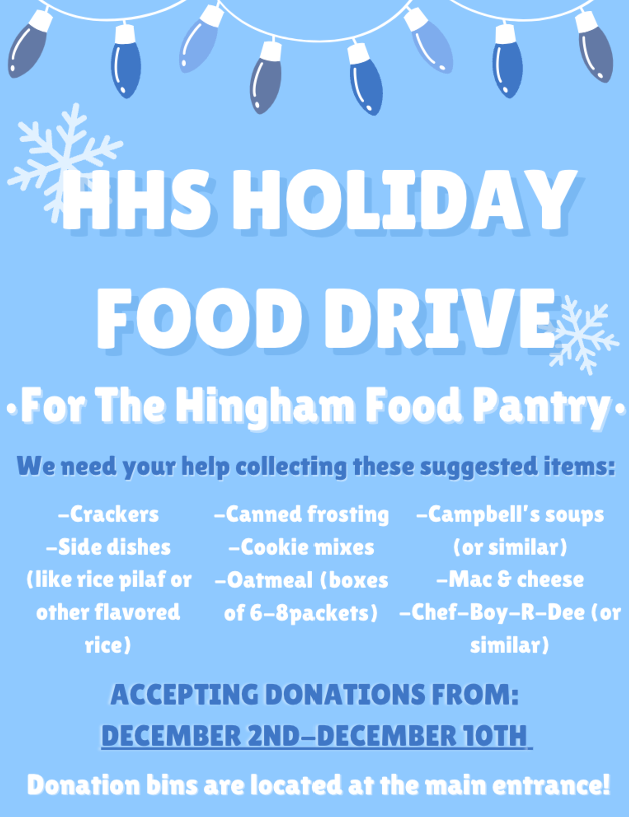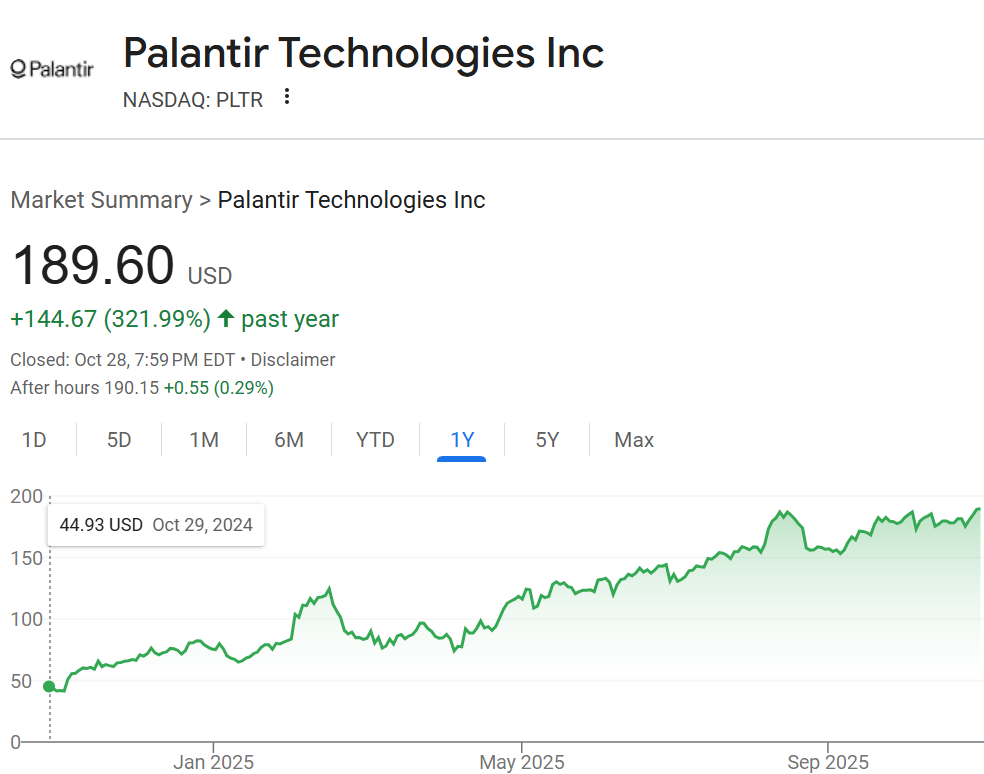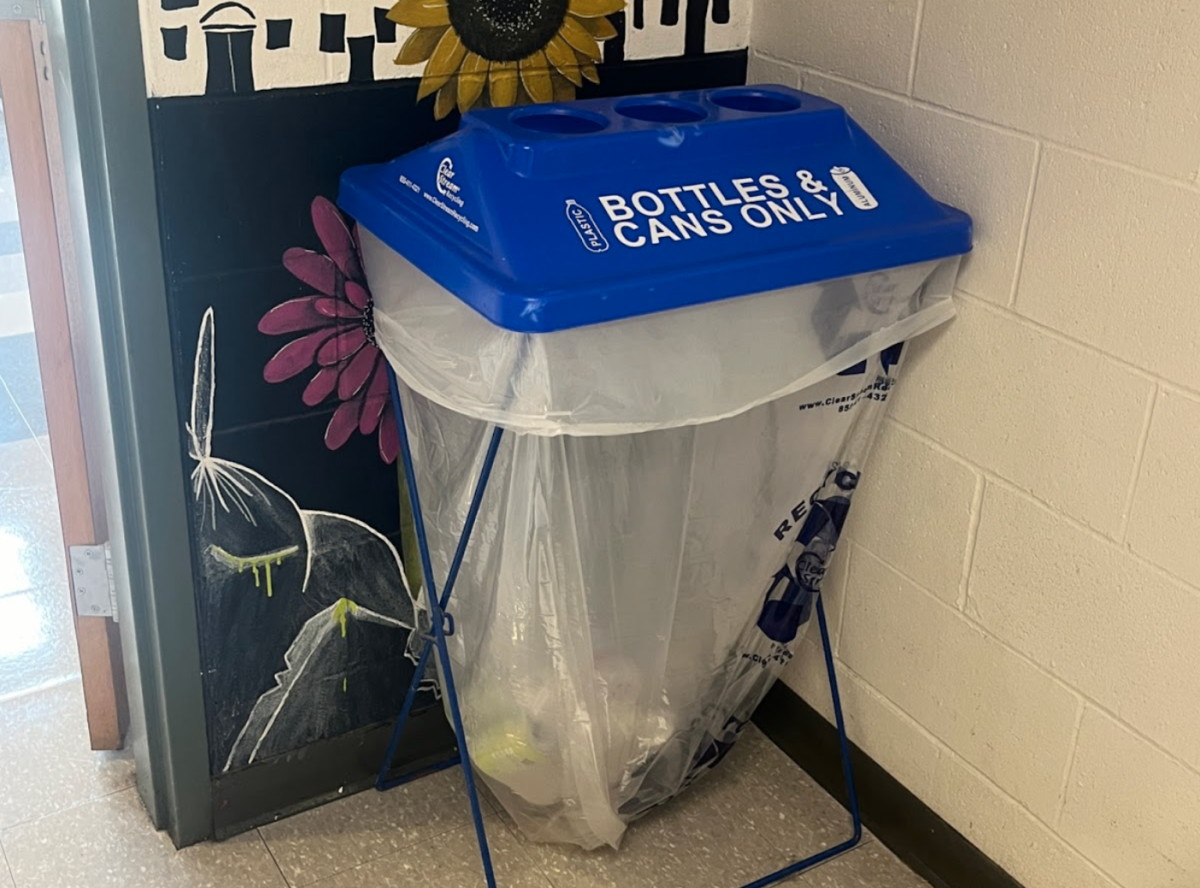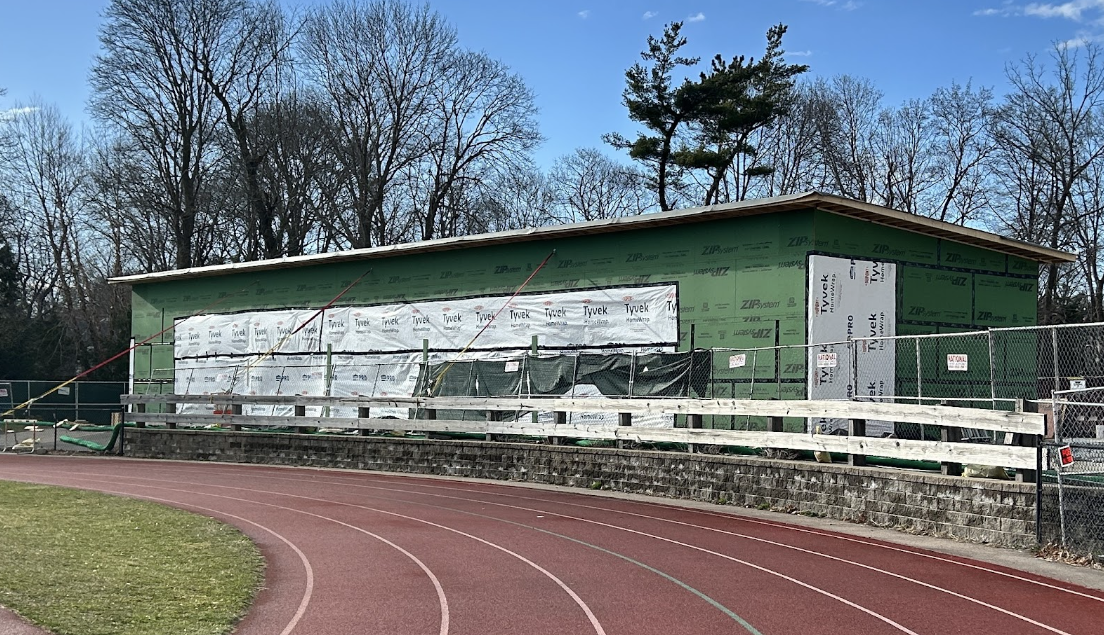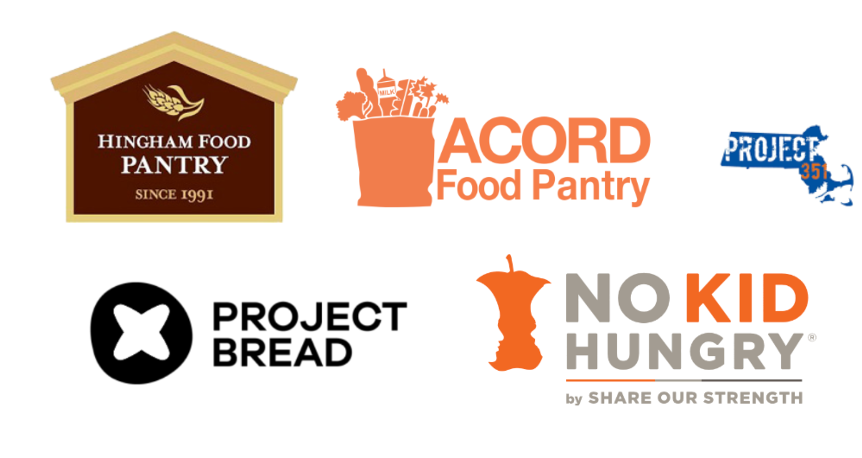It is important to clarify that being “hungry” is different from being “food insecure.” According to No Kid Hungry, hunger is something that everyone can experience. It cannot be measured. On the other hand, food insecurity can be measured by researchers. First, what is food insecurity? Project Bread defines food insecurity as a “household-level economic and social condition of limited or uncertain access to adequate food.” Food insecurity can be split into two categories: low food security and exceptionally low food security. Low food security is, “food insecurity characterized primarily by reductions in dietary quality and variety” and very low food security is, “food insecurity with reports of multiple indications of disrupted eating patterns and reduced food intake.”
According to Project Bread, families across Massachusetts are struggling with food insecurity and it has become an even bigger problem after the coronavirus pandemic. Their statistics show that before the pandemic, the food insecurity rate in Massachusetts households was at 8.2% and at the height of the pandemic the percentage of homes that were food insecure was 19.5%. As of February 2024, the current rate of food insecurity in Massachusetts households is 17.9%. Although the percentage is lower than at the height of the pandemic, it is still significantly higher than what it was prior to the pandemic. There has been a trend of increasing food insecurity in households with children across Massachusetts. The rates have run between 20% to 26% and as of February 2024 it is estimated that 22.9% of households with children are food insecure. This is due to the absence of federal and state aid that was provided during the pandemic and the increasing costs of basic necessities and housing. BIPOC (Black, Indigenous, and people of color) households are facing significantly higher food insecurity rates compared to white households. One in three Black and Latino/a households with children are food insecure while one in five white households with children are food insecure.
Food insecurity has more significant effects on people than just leaving people hungry. According to No Kid Hungry, food insecurity impacts a child’s physical, mental, and academic well-being. Without proper nutrition and nourishment, these challenges can carry into a problematic adulthood filled with health issues and other problems.
Fortunately, Massachusetts is working towards ending food insecurity with many organizations and food pantries working to end this crisis. Located on the North Shore of Massachusetts is Acord Food Pantry in Hamilton, MA. The Acord Food Pantry serves six towns: Hamilton, Wenham, Essex, Topsfield, Ipswich, and Manchester-by-the-Sea. Their mission is, “to empower families and individuals to feed themselves in a nutritionally balanced way.” When asked about what is important for people to know about food insecurity and local food pantries, Acord’s Executive Director, Stacey Verge, who has been working with them for 10 years, says, “I think the most important thing for people to know is that the need for food assistance doesn’t only exist in inner cities and third world countries. Food insecurity also exists in affluent communities but is not as well-known because people hide the need due to the stigma attached around reaching out for help. Many people are food insecure, and we most commonly see senior citizens who make up over 50% of the population that we serve due to the struggle with fixed incomes and rising prices. It is not obvious, but food insecurity exists everywhere.” Acord is a wonderful resource on the North Shore and gets 120 volunteers each month.
Located on the South Shore of Massachusetts is the Hingham Food Pantry in Hingham, MA. The Hingham Food Pantry serves Hingham families, families who have children in the Hingham school system, and families who attend a house of worship in Hingham. The pantry is run by volunteers only, with an estimate of over 100 volunteers. They were expecting to serve over 170 families for Thanksgiving and are expecting that same amount at their December Distribution. In partnership with the Hingham Food Pantry, Hingham High School is running an “HHS Holiday Food Drive” from December 2nd to December 10th to help end food insecurity. Liz Fitzsimons, the pantry’s Community Service Coordinator says, “The Hingham Food Pantry and the families we serve are very grateful for the support of Hingham High School throughout the year. The food donations and drives that come from our generous community keeps our shelves full!” This upcoming drive is being run by HHS freshman Lexie Grimm and sophomore Nora Christofferson in partnership with HHS’s Student Council and the organization Project 351. Project 351 is a Massachusetts based non-profit organization that promotes youth-leadership development across the state each year with selected ambassadors from all 351 cities/towns in Massachusetts. Lexie is the 2024 Hingham Ambassador for Project 351 and Nora was the 2023 Hingham Ambassador for Project 351 and is still involved with the organization. When asked about why she enjoys serving with Project 351, Nora says, “My purpose is to make every voice feel heard and to provide for the needs of those who might not feel comfortable asking for help. I want to make sure that no one feels unloved, goes hungry, or is not provided a coat for the winter.” As a part of Project 351’s fall service to help end food insecurity and hunger in Massachusetts, the organization asked this year’s ambassadors across Massachusetts to run a food drive. Some suggested items that the “HHS Holiday Food Drive” is collecting include crackers, side dishes (like rice pilaf or other flavored rice), Chef Boyardee (or similar), canned frosting, cookie mixes, oatmeal (boxes of 6-8 packets), Campbell’s Soups (or similar), and mac & cheese.
The donation bins are at the main entrance of HHS by the main office. This drive will supply the Hingham Food Pantry with items for their December Distribution. When asked about why the Holiday Food Drive is important, HHS freshman Paige Hutchison says, “Especially during the holidays, a time for warmth, togetherness, and generosity, I think it is important to have food drives during these times. These drives ensure that families have meals on their table and can enjoy time together without the worry of not being able to provide food.”
